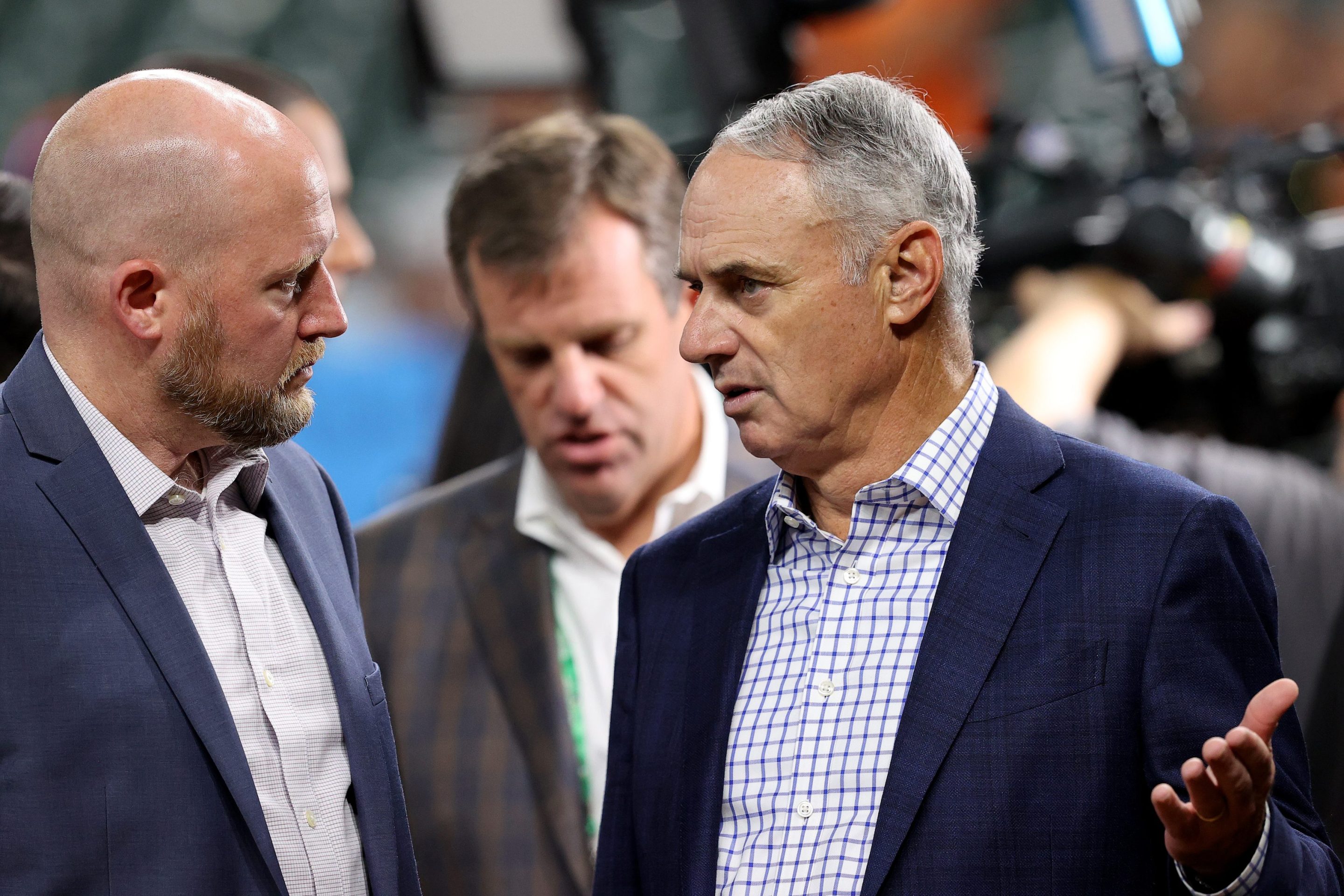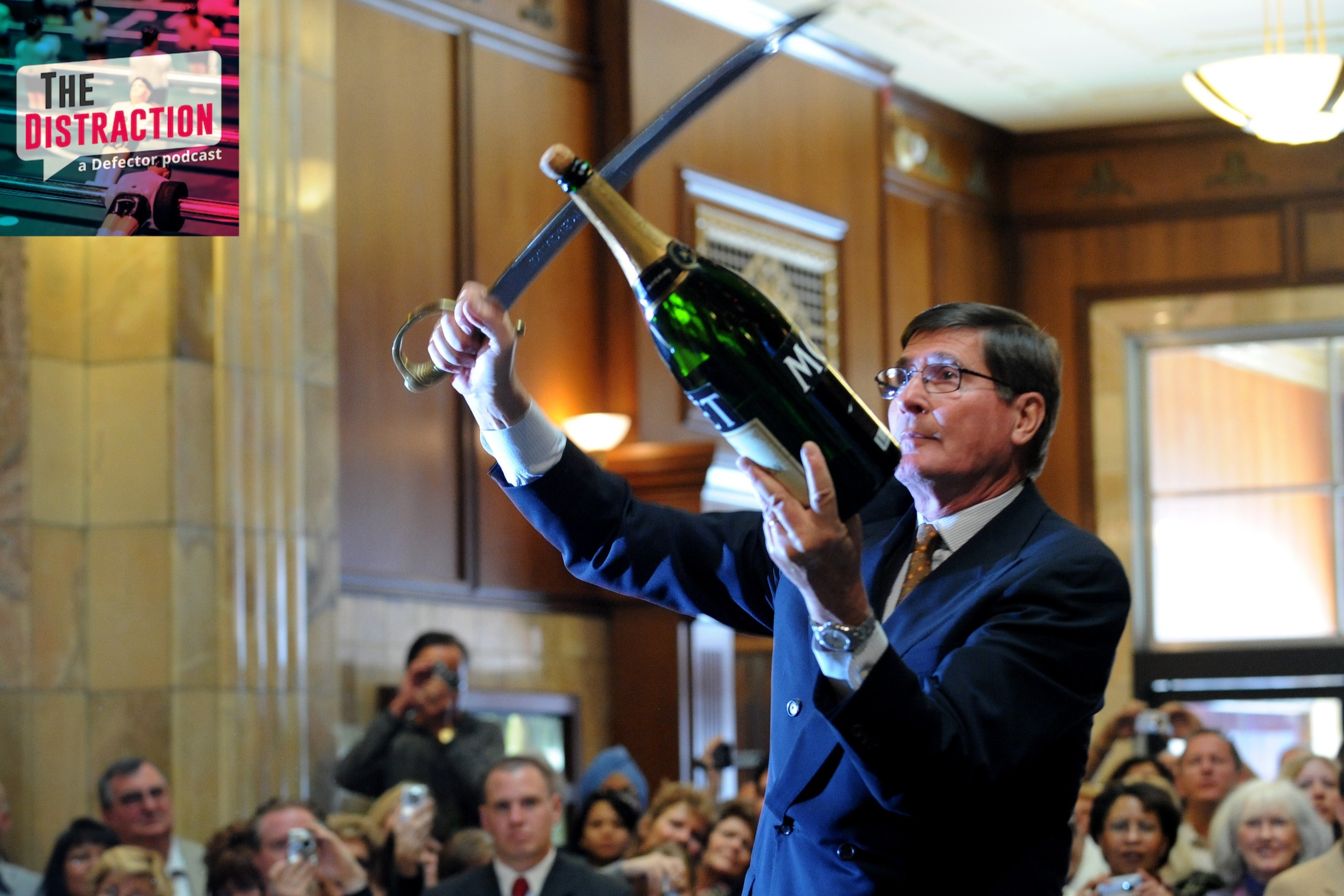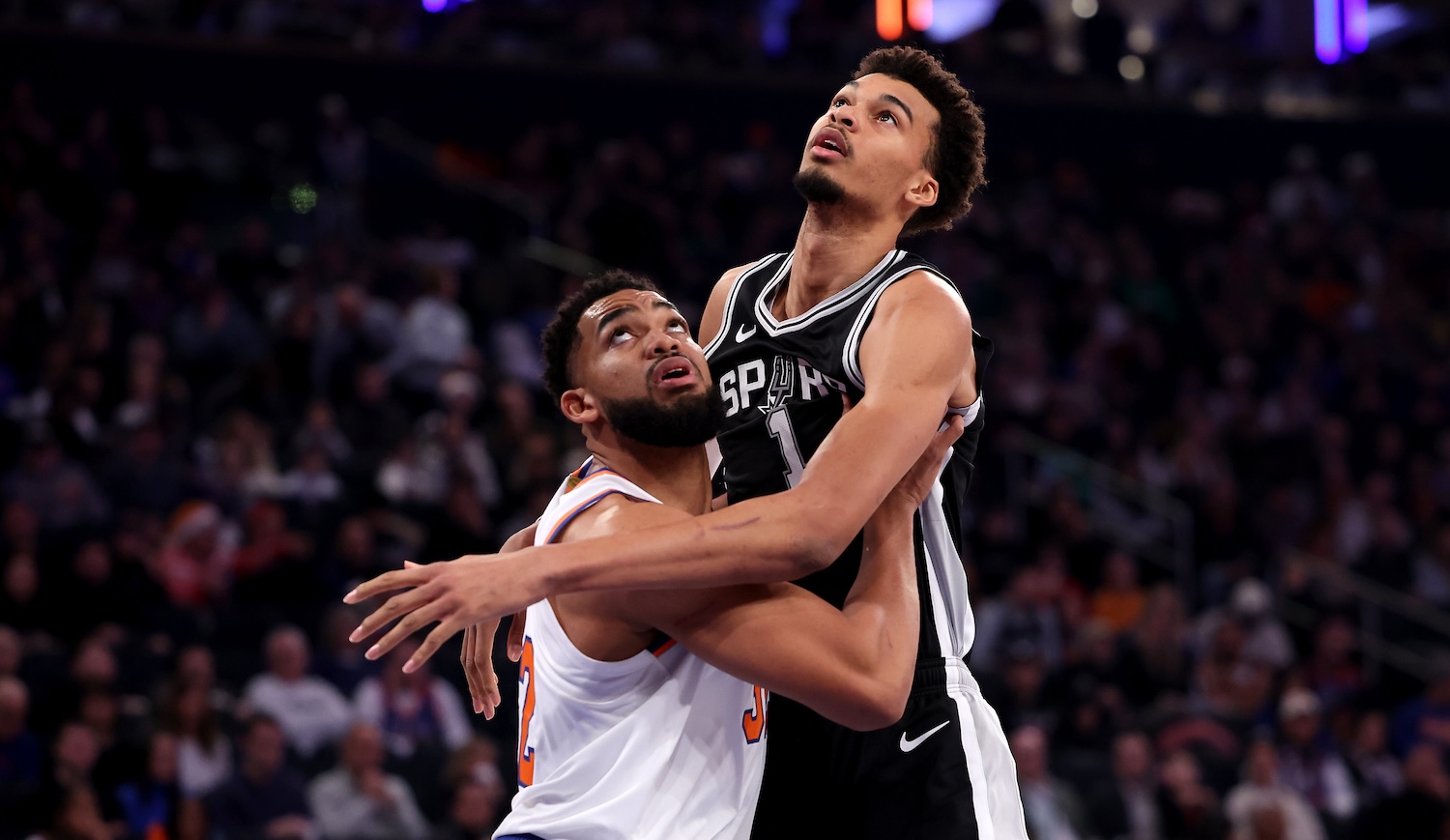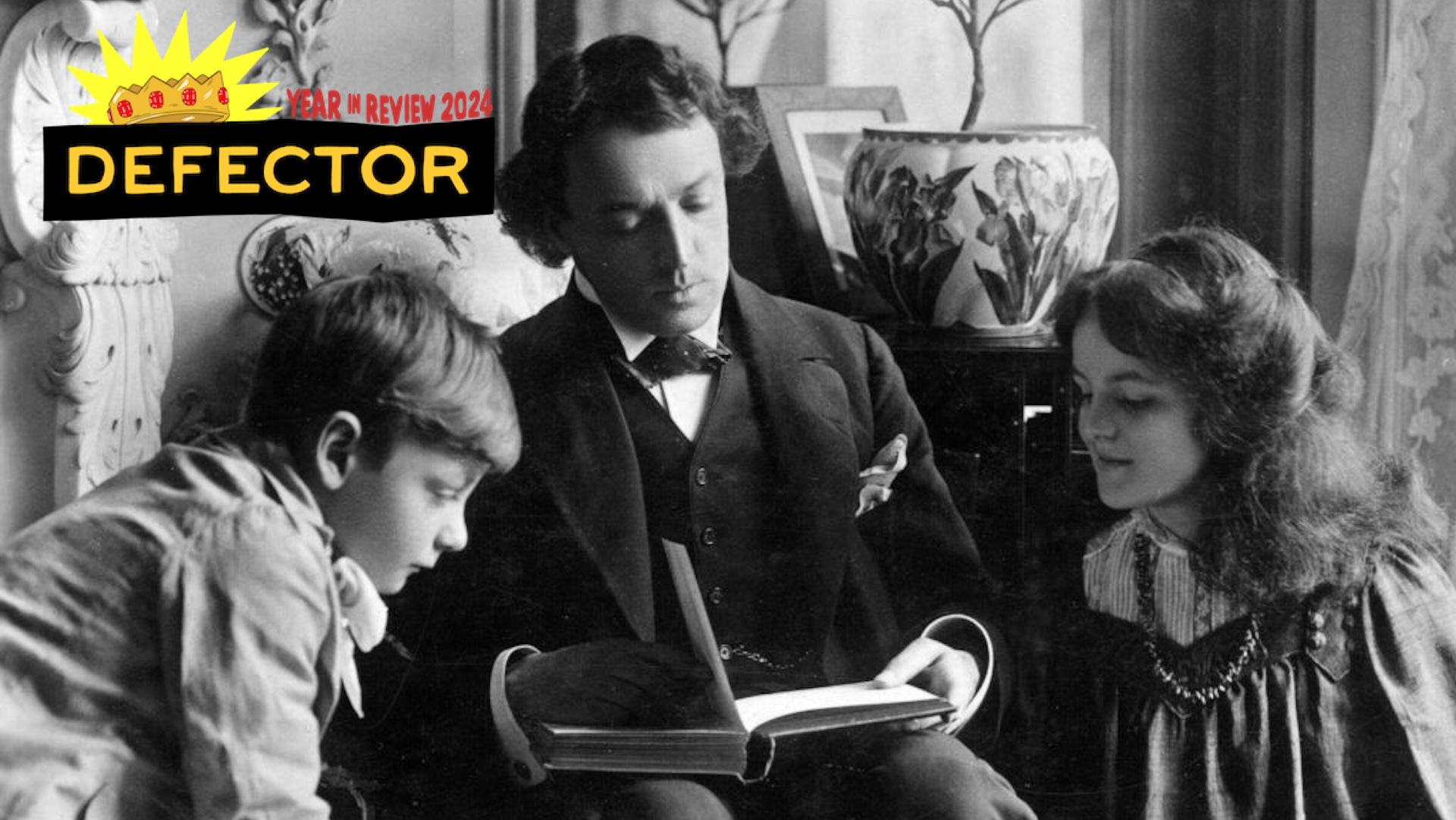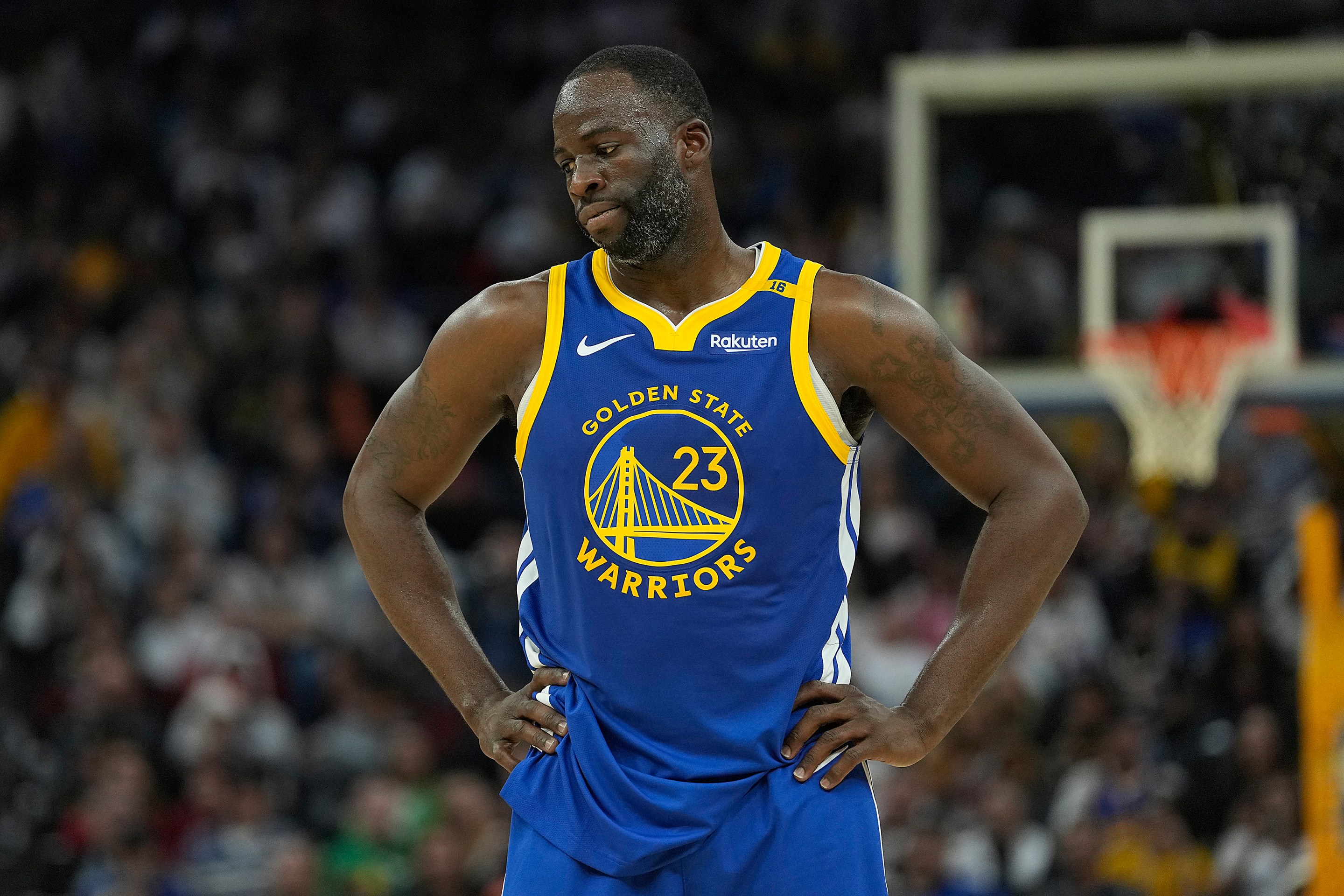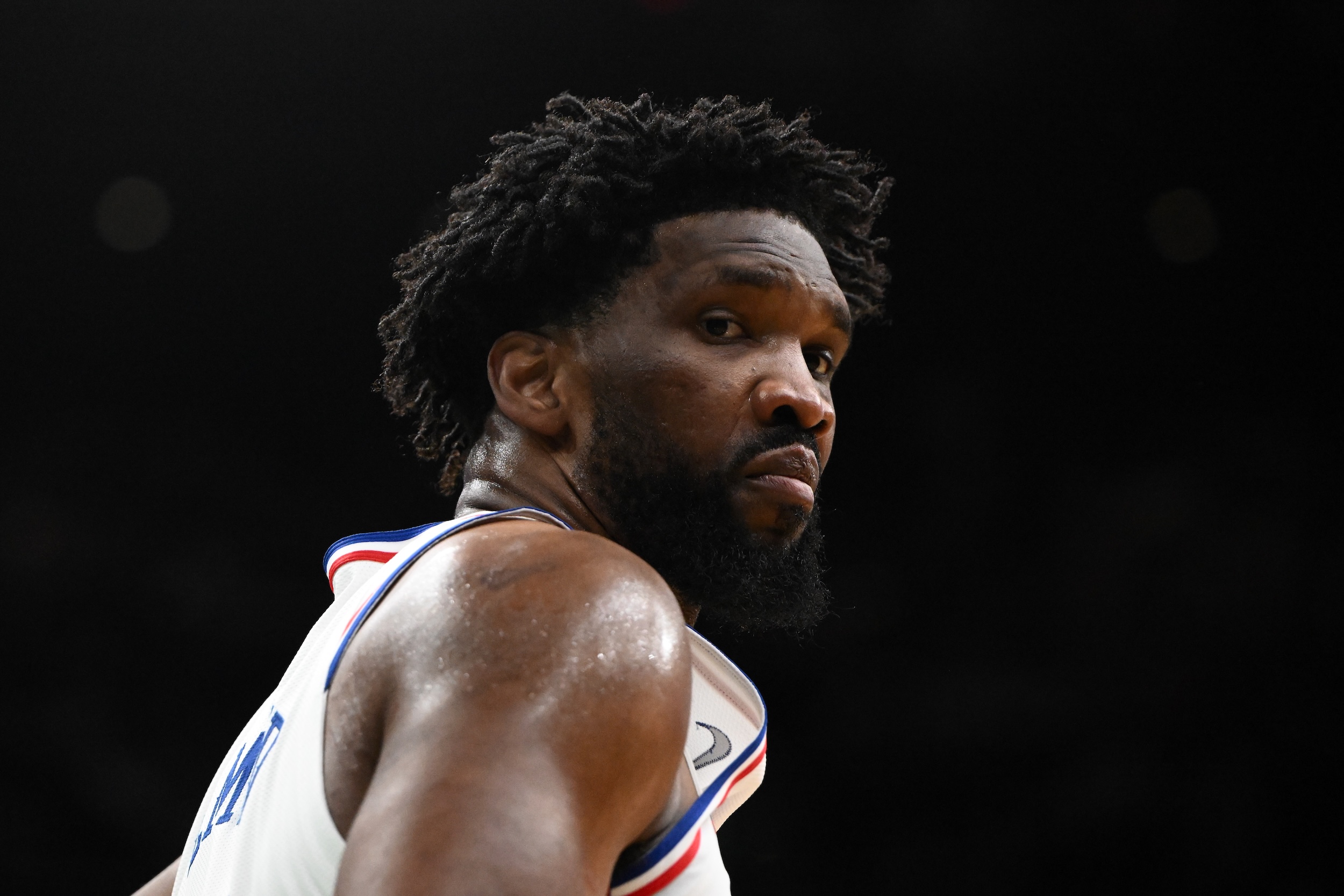Major League Baseball’s owners locked out the players the moment the 2016-21 collective bargaining agreement expired. They didn’t have to do this, of course—it was an offensive move, not a defensive one. Commissioner Rob Manfred’s claims to the contrary, in a letter posted on MLB.com, were so unconvincing that even the sport’s most ardent manufacturers of consent had to admit that he was coming on a little too strong. Nothing about this lockout itself was a surprise: It was easy to see this day coming at least three years ago, and the horrid public negotiations surrounding the pandemic-shortened 2020 season all pointed in this direction. The almost total lack of cooperation from MLB on the economic concerns raised by the Players Association during 2021’s bargaining was unsurprising just given that these are MLB owners; in retrospect, it was also ominous.
A lockout was always the plan, in other words, and MLB was going to stick to it. In their eyes, it was the only way to get the players to do what the owners wanted. The owners believed, out of spite or out of principle or just for whatever reasons owners believe things, that wasting months that could have been used to bargain over the MLBPA’s reasonable demands was the most effective way to… well, avoid having to close any of the loopholes that owners have exploited in pursuit of their obsession with inexpensive talent and dodge the difficult and necessary conversations about how the minimum salary and arbitration systems are both in dire need of less exploitative upgrades, for starters. Thanks to the lockout, the clock is now ticking in a way that it previously was not, and the league will now learn if the union is capable of standing up to the pressures of this moment. The owners’ hope, which is not quite a plan, is that a long winter of inactivity might make enough players so nervous about their short- and long-term futures that they will agree to a league-friendly deal, and that the outcome they want is more likely to happen now than it was back in August.
You would think that someone among the owners, or maybe Manfred himself, would have learned by now about what happens when this league locks its players out, but the sport’s owners seem to have forgotten their own history. This isn’t even a reference to last spring, when MLB misled the press and fans in the hopes of paying players even less than a prorated salary during the pandemic-shortened season until the PA called their bluff, although we’ll get to that. It’s a bigger lesson, and one that you’d think owners would remember more clearly, which is that MLB historically has not fared well in lockouts.
MLB’s owners have locked out their players four times, with the previous three coming in 1973, 1976, and 1990. Arbitration and free agency have been the reasons behind every one of these lockouts, and 2021’s is no exception. In every one of these previous lockouts the owners have come out on the losing end, with the players’ positions strengthened.
In 1973, arbitration and free agency didn’t yet exist. The owners did not want arbitration to exist, but they wanted free agency to exist even less; they felt that giving the players an arbitration process through which they could contest their salaries would be a lot safer in the long run than simply bringing an end to the reserve clause. Still, owners weren’t just going to hand arbitration over to the PA—handing things over is not something MLB owners do as a rule, but they were especially loath to do so at this particular time. The first-ever strike in American pro sports had happened the previous spring, when the MLBPA refused to show up to work until the league agreed to add a cost-of-living adjustment to its pension contributions, so that the pension would actually be worth something when the recipients were old enough to use them. The owners were tired of conceding and losing, and so this time they took the initiative and locked the players out in mid-February. As recounted in John Helyar’s Lords of the Realm, the idea among owners was to end the discussions about the reserve clause by “taking Marvin [Miller]’s argument away from him,” with salary arbitration being the mechanism.
That lockout was a continuation of 1972 in other ways, too: Miller, in his memoir A Whole Different Ballgame, wrote that he came to believe that then-commissioner Bowie Kuhn and the owners were “spoiling for a fight” that spring, and were aiming to force a strike that Miller himself did not believe the players were ready for. The league wanted to test and maybe even break a union that was feeling more confident by the day, and so negotiated in a way that they believed would force first a work stoppage and then a resolution that benefited them. Sounds familiar for some reason, strange.
After the owners lost that strike, a lockout was next on the to-do list. The gates were closed Feb. 14-25, the idea being that doing so would make the players more receptive to the owners’ proposal. An agreement was eventually reached, and reached so easily that the lockout doesn’t even warrant a mention in the index of Miller’s memoir nor Lords of the Realm. That’s in large part because the players didn’t have any reason not to want salary arbitration: It just had to be a more equitable version of the system than what the owners initially put forward. Oakland owner Charlie Finley was the only owner vocally opposed to arbitration, as he seemed to understand that it would bring on ever-escalating salaries whose terms would effectively be out of teams’ hands. He wasn’t wrong, but at the time the best way to make sure that none of MLB’s owners listened to something was to have Finley say it.
In 1976, even though the reserve clause’s demise and the emergence of free agency was imminent, the league locked out the players again. It was a move that was grounded partially in denial, and also in attempting to limit the possible damage that free agency might wreak on ownership’s profits and team-building plans. There was confusion on both sides while they hashed out what free agency would even look like—Miller, for instance, wasn’t sure that he had the power to declare a player under team control for any number of years, plural. MLB’s lead negotiator, John Gaherin, was basically under orders to pretend that the obviously doomed reserve clause was still intact, and negotiated as such.
That ’76 lockout happened much later in the spring, beginning on March 1, but that start date ended up being its downfall. The owners believed that locking out the players so close to the start of the season would be an effective way to force them into accepting an inferior version of free agency that would grant teams control of players for upwards of 10 years. Ownership believed they had leverage because the players were only paid in-season at that point; if the owners could put the squeeze on the players’ bank accounts with a late-spring lockout, they thought, just a few weeks before the IRS came calling and months after their last paycheck, then surely free agency would be solved the way the owners wanted it to be.
As it turned out, though, the owners got antsy about their cashflow before the players did. Powerful owners like Walter O’Malley, whose Dodgers were fully capable of producing meaningful revenues even from spring training games, quickly bailed on the game of chicken they’d initiated. Kuhn denied that he was talked into or pressured into ending the lockout by powerful owners like O’Malley and George Steinbrenner, but but it’s hard to believe otherwise, especially given how often Kuhn and the union butted heads. As eager as Kuhn was to mix it up with the union, the sport’s most powerful power players were ultimately and always still his bosses.
As in ‘73 and ‘76, no regular-season games would be missed because of the 1990 lockout. This one, more than any others, feels like pure pique. Owners were tired of free agency. They were tired of arbitration. They wanted to introduce revenue-sharing with the players, as well as a salary cap. The revenue-sharing system is particularly notable, because it was not a proposal for revenue-sharing among teams: it was a pay-for-performance plan that would see 48 percent of the revenues from the gate and broadcasted games go to the players, with pre-free agency players paid through a system that compared them to their peers. The league argued that player salaries would skyrocket under this system; per Helyar, the union countered that such a system would not just have kept a star like Will Clark from signing the three-year, $11.25 million deal he had recently inked, but paid him less than half that.
If you think the owners were going to suggest something like this and then have it spiral out of control for them just as arbitration ended up doing, well, that’s where the salary cap aspect came in. Any cap was a non-starter for the union, as it has always been and continues to be to this moment. That didn’t stop the owners from trying to introduce a cap that they had no real intention of approaching. The pay-for-performance plan, too, would have guaranteed a healthy supply of inexpensive talent that couldn’t rely on arbitration for raises. We’re still talking about 1990, by the way, although some of this sounds eerily reminiscent of what MLB reportedly proposed as a replacement for arbitration much more recently. Owners just love what they love, even and especially when everyone else hates it.
The three years of overt collusion between 1986 and ’88 and the grievances against the owners for said collusion that followed made communication between the two sides difficult in 1990 in a way it was not in ‘73 and ‘76. The players quite justifiably did not trust the owners’ intentions with the pay-for-performance plan, while the owners didn’t seem to understand why the players were so upset with them. Then-commissioner Fay Vincent tried to explain it to his bosses to no avail, writing in his own memoir, “The single biggest reality you guys have to face up to is collusion. You stole $280 million from the players, and the players are unified to a man around that issue, because you got caught and many of you are still involved.”
Vincent did more than any other player to bring an end to the lockout in 1990, and it would eventually cost him his job. He was allowed to join the negotiations by the powerful Brewers owner Bud Selig and immediately set to work producing his own proposal. It included significant raises to the league-minimum salary in each year that players received it, and a 75 percent cap on raises in arbitration to slow the tide without stopping it altogether in the way that the pay-for-performance plan would have done. Vincent also tried to get the players to agree not to use their right to strike in exchange for ending the lockout, a proposal he made public knowing that it would be rejected in hope of scoring some points in the public relations battle. Still, Vincent’s cooperation eventually helped bring an end to the lockout, and the overall experience was all a little too cooperative for the owners, who had been hellbent on destroying the union and scaling back its gains.
The fallout from the 1990 lockout would bleed into the next round of bargaining, and lead to the 1994-95 strike. As in 1972, this was precisely what the owners hoped to bring about, and as before it backfired on them just the same.
The owners eventually got their shit together before the decade was out and won a luxury tax system they eventually turned into what might as well be a salary cap, created a revenue-sharing structure that has been so manifestly abused that the PA is simultaneously filing grievances against multiple clubs and trying to rebalance how revenue-sharing works in the present. That system left the union effectively defanged and declawed for something like two decades, thanks in large part to decisive victories in the war of public relations. This led to the horrific CBA of 2016, which the owners almost immediately set about exploiting to the fullest by effectively ignoring free agents and leveraging inexpensive young players. It’s hard to overstate how quickly and effectively this all worked; pre-arbitration players accrued over half of the service time in the game in 2019, and less than 10 percent of the total pay.
The PA is fighting back, though, and aiming for their second major labor win in a row after coming out on top in 2020’s pandemic talks. It cannot be stressed enough how vital it is that they win this round. Closing the loopholes that have made the current iniquity possible, getting pre-arb players paid more fairly—this has always been the same fight, but it has also always been about the same things.
This Players Association of 2021 is a lot different than the 1970s Marvin Miller-led PA, or even Donald Fehr’s version of the union from the ’80s and ’90s. But the 2021 MLBPA is also significantly different than even 2019’s, and the circumstances could hardly be more different. The actions of ownership and the broader state of the world have underlined the many ways in which players were and are being screwed. New lead negotiator Bruce Meyer, whom the owners really don’t like, has also helped.
Where the MLBPA is concerned, any change is good, if only because the union of old is how the players ended up in this situation in the first place. The complacency of that union was what opened those loopholes and enabled that drift in the first place. But this new union was willing to let the owners lock them out, rather than negotiating against itself in the months leading up to this moment. It also stood up against the owners’ 2020’s public relations campaign that MLB isn’t profitable and that playing games without fans would bankrupt the owners. It’s all always been bullshit; the union hasn’t always been willing or able to call it that, but this one seems prepared to do so.
This union, in short, is something very different than the one that dropped the ball in 2016. If history is any indication, this lockout isn’t any more likely to end the way MLB owners expect it to, and for the same reasons that none of the other previous lockouts have. MLB is good at what it’s good at, which is finding loopholes and leverage, deploying misdirection when and wherever possible, and controlling the press. Direct confrontations like this latest lockout, though, are what have led to the majority of the union’s most vital gains for nearly five decades. This new confrontation might be just what the Players Association needs to get back on the footing they had decades ago. History suggests that they’ve got a chance.
